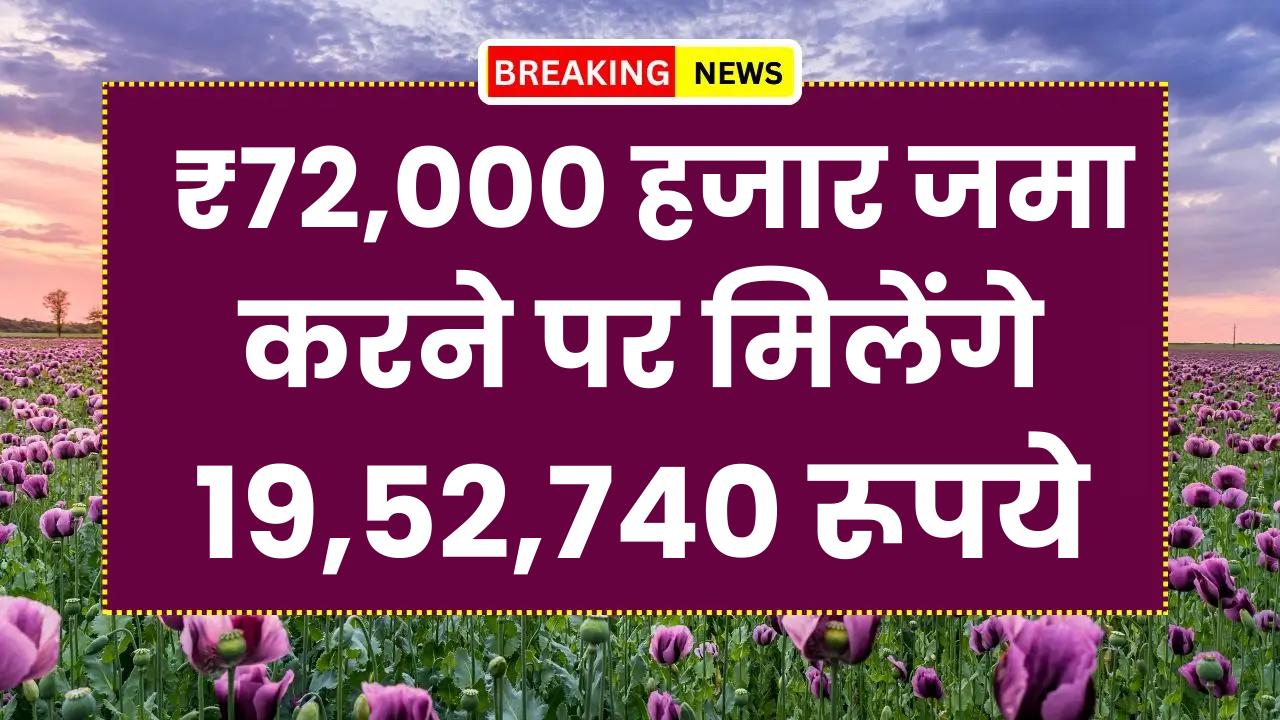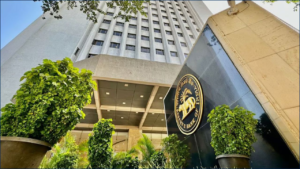
The New Development Bank (NDB), a multilateral lender set up by the BRICS nations, plans to launch its first rupee-denominated bonds in India’s domestic market by the end of March 2026. The planned issuance, estimated at between USD 400 million and USD 500 million, aims to fund infrastructure and sustainable development projects while advancing the bloc’s broader push to reduce reliance on the US dollar, according to Reuters.
NDB’s Mandate and Past Issuances
The New Development Bank was created in 2015 by Brazil, Russia, India, China, and South Africa to provide financing for infrastructure and development projects in emerging economies. Its core mission includes mobilising resources in local currencies to reduce exchange rate risk.
The bank has already issued bonds in Chinese yuan and South African rand, building a track record of local currency financing. In 2016, it debuted with a green bond in China’s interbank market, raising RMB 3 billion. Similar ventures followed in South Africa’s domestic bond market. The rupee issuance will therefore extend this model to one of the largest and most dynamic emerging economies.
Why the Rupee Bond Plan Matters
The NDB’s decision to issue in rupees is significant for both India and the wider BRICS grouping. India has long sought to deepen its corporate and sovereign bond markets. A successful supranational issuance could attract new global investors and strengthen the rupee’s standing in cross-border finance.
“Supranational issuers like the NDB bring credibility and can help establish benchmarks for Indian borrowers,” said Ajay Manglunia, managing director for debt markets at JM Financial. “This will expand investor participation and diversify India’s funding base.”
Strengthening India’s Bond Market
India’s bond market remains dominated by government securities, which account for nearly 85 percent of total outstanding debt. Corporate bond issuance is relatively shallow compared to the size of the economy. Analysts say the NDB’s rupee bonds could help build market depth and liquidity, making it easier for private companies to raise funds.
“Foreign appetite for rupee-denominated debt has been uneven,” explained Radhika Rao, senior economist at DBS Bank. “An institution like the NDB entering the market could act as a catalyst for wider acceptance.”
Risks for Investors
Currency Volatility
For overseas investors, the primary challenge will be managing rupee risk. The currency has depreciated against the US dollar by nearly 10 percent since 2022, and further fluctuations could erode real returns.
Regulatory Approvals
Final clearance from the Reserve Bank of India (RBI) and the Ministry of Finance is pending. Any delay could push back the timeline or alter issuance terms.
Market Liquidity
Given the moderate planned size of USD 400–500 million, analysts caution that the secondary market may be thin, limiting exit options for investors.
Lessons from Other BRICS Bond Markets
The NDB’s previous ventures in China and South Africa provide useful comparisons. In China, the yuan-denominated bond market offered deep liquidity, and the NDB was able to secure favourable pricing. In South Africa, where markets are smaller, the bonds appealed to domestic pension funds but attracted limited offshore demand.
Experts say India falls somewhere in between. Its bond market is larger than South Africa’s but less open than China’s. If the rupee issuance is successful, it could set a precedent for further local currency operations in Brazil and Russia.
Global Push for De-Dollarisation
The rupee bond initiative is part of the BRICS bloc’s broader effort to reduce dependency on the US dollar. At the group’s 2024 summit, leaders reiterated their commitment to developing financial systems that rely more on national currencies.
“Strengthening local currency bond markets is not only about finance, but also about geopolitical resilience,” said Leslie Maasdorp, the NDB’s chief financial officer, in a recent policy forum.
The move also comes as Western sanctions have reshaped global capital flows, particularly for Russia. By expanding local currency financing, BRICS members aim to shield themselves from external shocks.
Implications for India’s Economy
For India, rupee bonds issued by a high-profile multilateral lender could signal confidence in its financial system. The proceeds are expected to fund infrastructure, clean energy, and other priority sectors.
“Local currency financing reduces currency mismatches and strengthens debt sustainability,” said Dr. S. Narayan, a former economic adviser to the Indian government. “It aligns with India’s ambition to internationalise the rupee gradually.”
What Investors Should Watch
- Pricing and Yield Spreads: Investors will closely track how NDB’s bond yields compare to Indian government securities.
- Hedging Tools: Availability of cost-effective rupee hedging instruments will determine offshore participation.
- Policy Environment: The RBI’s interest rate trajectory and stance on capital flows will influence demand.
- Credit Ratings: How international rating agencies assess the issuance will shape perceptions of risk.
Future Outlook
If the March issuance proves successful, the NDB could consider follow-on offerings in larger volumes. Market observers say it may also encourage Indian corporates to issue offshore rupee bonds, also known as “masala bonds,” which have struggled to gain traction in recent years.
Looking ahead, analysts suggest the initiative could mark an early step toward a wider financial ecosystem within BRICS, potentially including a common payment settlement system. While a shared BRICS currency remains distant, moves like this strengthen local foundations.
Despite Multiple Loan Options, People Still Trust Banks – 52% Fear FinTech
Conclusion
The New Development Bank’s decision to launch rupee bonds by March 2026 is both a financial and symbolic step. It could deepen India’s bond market, expand investor options, and strengthen the rupee’s profile in global finance. Yet for investors, the opportunity comes with risks tied to currency volatility, regulatory uncertainties, and market liquidity.
The outcome will not only shape India’s domestic financial landscape but could also determine how BRICS members pursue their long-term ambition of building a multipolar financial system less dependent on the US dollar.















